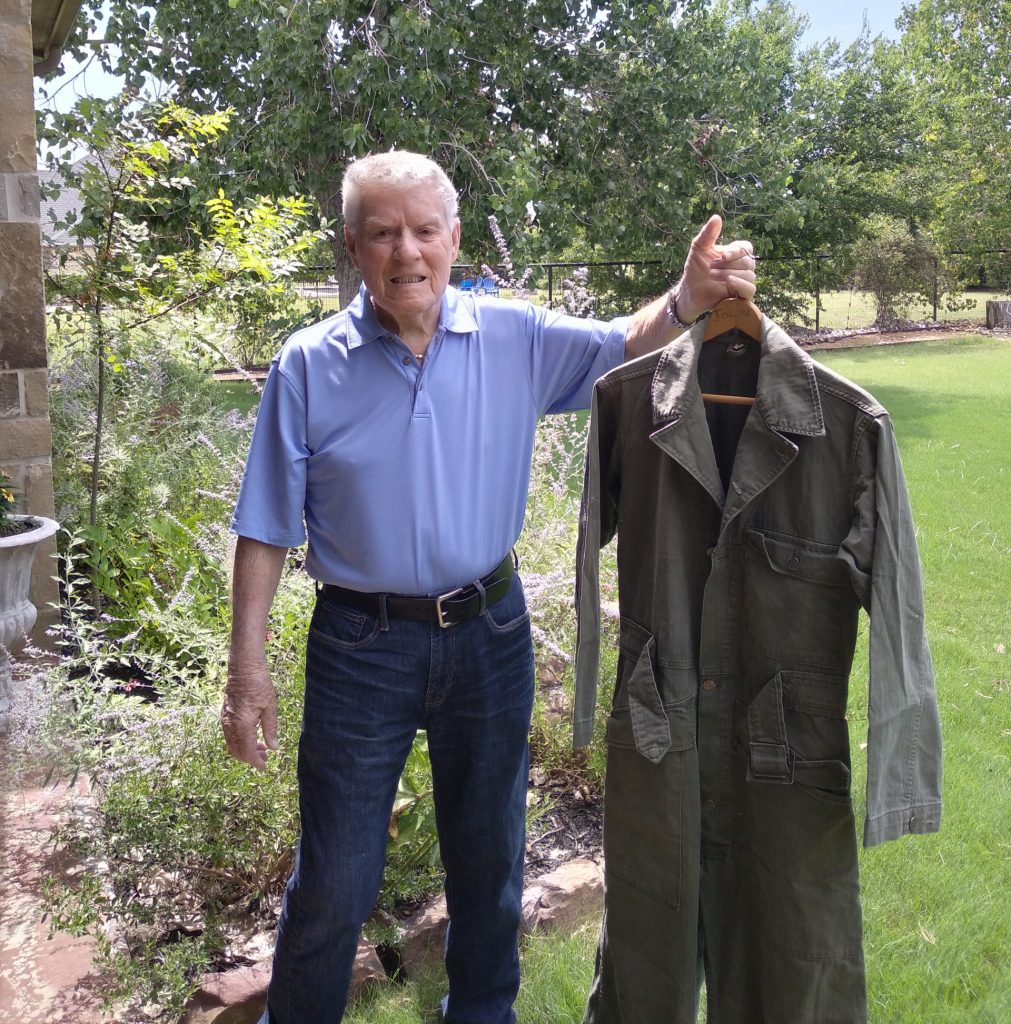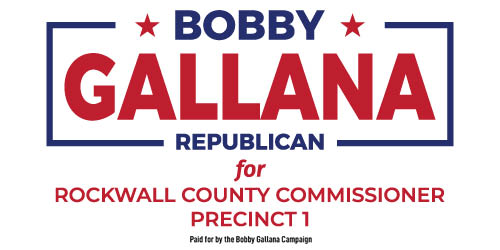
Rockwall, TX (July 3, 2023) – On July 4, 1776, a huge event took place after the American Revolution that we celebrate as a federal holiday. The Second Continental Congress unanimously adapted the Declaration of Independence, drafted by Thomas Jefferson, announcing the colonies separation from Great Britain.
The United States of America has been involved in many wars and conflicts since the American Revolution and with those events, military uniforms worn by our service men and women have undergone multiple revisions and changes.
However, there were no official uniforms worn when initial battles were fought in April, 1775. Colonists wore a variety of hats, shirts and vest coats with attempts to distinguish ranks however it was not until after the war that the first American military uniform was introduced by General George Washington, our first President.
Influenced by British and French uniforms, the American military uniform in 1789 included linen shirts, blue coats and canvas leggings. Musicians in service wore red colors.
By the early 1800’s, the fitted waistcoat worn by our military was mostly eliminated with the early 1900’s uniform becoming the standard issue olive/drab and khaki; and a blue reserved for dress uniforms. The “olive drab” came into being during the Spanish-American War.
Today, each branch of military service has its own coordinated set of uniforms for both enlisted individuals and officers with the Marines having their “dress blues” in service since World War I.
Primary uniforms for the modern soldier include training, service, combat, working, service dress and ceremonial uniforms. For the U.S. Army, OG-107 was used for 30 years. When attempts to change army green for brown in 2015, they were met with much resistance. Green was reintroduced and by 10/01/2027, army green service uniforms will be office attire with blue for ceremonial and formal dress.
Environments have been instrumental to changes in combat uniforms and hats. In Afghanistan, a multi-camoflage uniform was worn. Headgear also identifies branches of the service. The peaked cap replaced the shako, a strange cylindrical shaped hat that made the men that wore them enemy targets. Berets in specific colors worn by Army and Air Force branch members have a long and impressive history depending on the color.
While the first military uniforms were imported from France, Federal law prohibits the military from buying foreign made uniforms. The Berry Amendment USC, Title 10, Section 2533a, passed in 1941 is the latest version of policy.
It is the Defense Logistics Agency with headquarters located at Fort Belvoir, VA that is responsible for procurement of dress and utility uniforms, footwear, headgear, medals and insignia for all branches of the military and Coast Guard. To be emphasized, it is not just a policy, it is a law.
On the local front, military dress uniforms are made of wool with raw material for these uniforms coming from Anodyne Wool, San Angelo, Texas. Anodyne Wool is a fifth-generation family-owned company and world supplier of wool.
Retired USAF Chief Cliff Linsey is convinced one of the most comfortable military uniforms introduced in 1941 was the green Herringbone twill cotton service uniform that he still owns.
While July 4th celebrations go back to the 18th Century, the first July 4th Federal Holiday did not occur until 1941. On July 4, 2023, we remember and thank all the men and women who have fought for our freedom and salute them in the many military uniforms they have worn in American wars, conflicts, during peace time and at celebrations and ceremonies.
Submitted by Joann Yott







